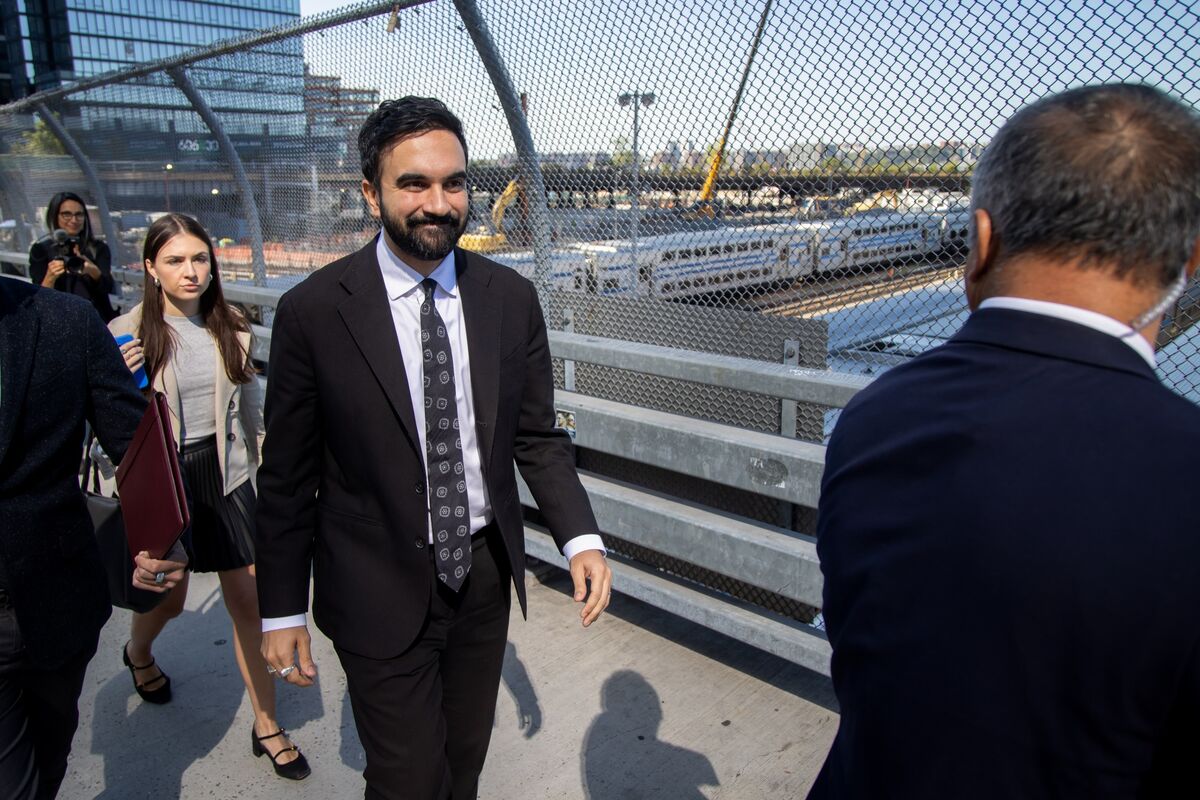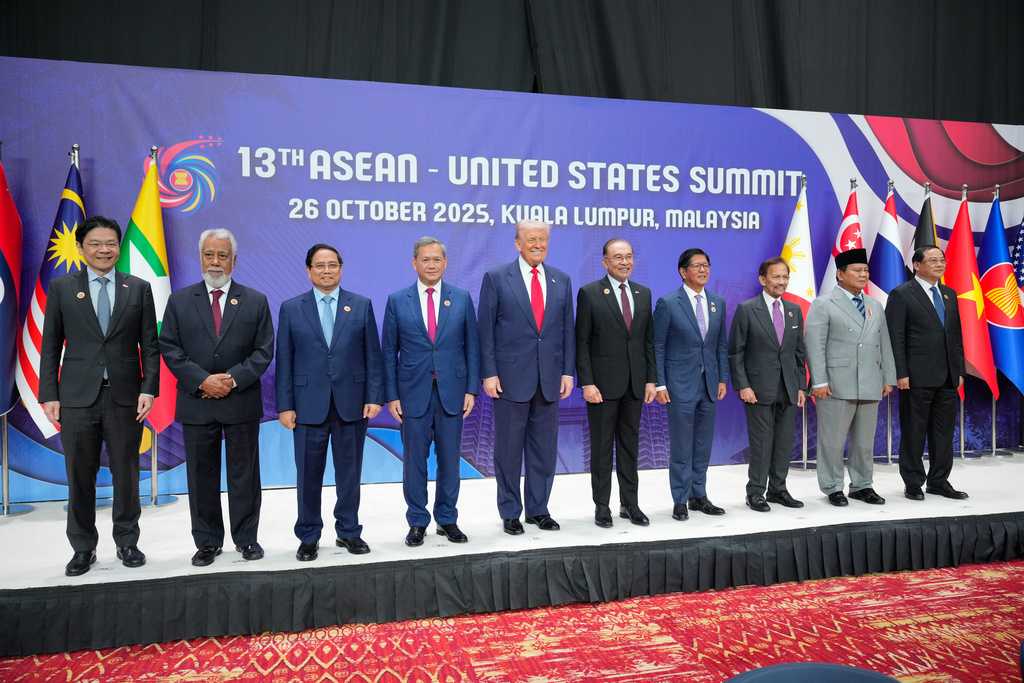Over the past nine months, the Trump Administration has introduced a controversial approach to government reform through its Department of Government Efficiency. This initiative has often been characterized by significant staff reductions, the marginalization of the scientific community, and a general atmosphere of skepticism towards public employees. As a result, many cities across the United States are facing unprecedented funding challenges, prompting mayors to seek legal avenues to restore financial support.
Funding Challenges for American Cities
The current landscape has left many local governments grappling with the implications of record federal outlays alongside severe funding cuts aimed at urban areas. These cuts disproportionately affect cities that are typically more liberal in their governance. According to various reports, mayors are now finding themselves in a position where they must not only fight for funding through the court system but also devise alternative strategies to maintain efficiency in their operations.
In response to these challenges, a coalition of mayors from cities such as New York, Los Angeles, and Chicago is emerging. These leaders are advocating for a more collaborative approach to local governance that emphasizes innovation and resourcefulness. The recognition that the current federal landscape may not change anytime soon has spurred them to prepare for a future with less funding.
As part of their contingency planning, mayors are exploring various strategies to enhance operational efficiency. Some are implementing technology-driven solutions to streamline services, while others are focusing on public-private partnerships that could alleviate financial pressures. For instance, cities are increasingly considering outsourcing certain services or collaborating with local businesses to share resources.
Legal Action and Advocacy
The push for legal action has been a significant aspect of the mayors’ response to funding cuts. Many have taken their grievances to the courts, arguing that the reductions violate agreements or laws governing federal assistance. This legal strategy reflects a growing frustration with the current administration’s policies and their impact on local governance.
Moreover, the scientific community has voiced concerns over the implications of these cuts, particularly regarding public health and safety. Mayors are increasingly aware that effective governance relies not only on financial resources but also on evidence-based decision-making supported by scientific research. The sidelining of scientific input threatens to undermine the effectiveness of local policies, further complicating the landscape for city leaders.
While the challenges are significant, the response from mayors indicates a resilience and adaptability within local governments. By developing contingency plans and seeking collaborative solutions, they are laying the groundwork for a more sustainable approach to governance, regardless of federal support.
In conclusion, as the Trump Administration continues to reshape the role of government, mayors across the United States are not merely reacting to cuts but are actively seeking innovative ways to reclaim efficiency. Their efforts to navigate these turbulent waters highlight the importance of local governance in maintaining the functionality and well-being of American cities.







